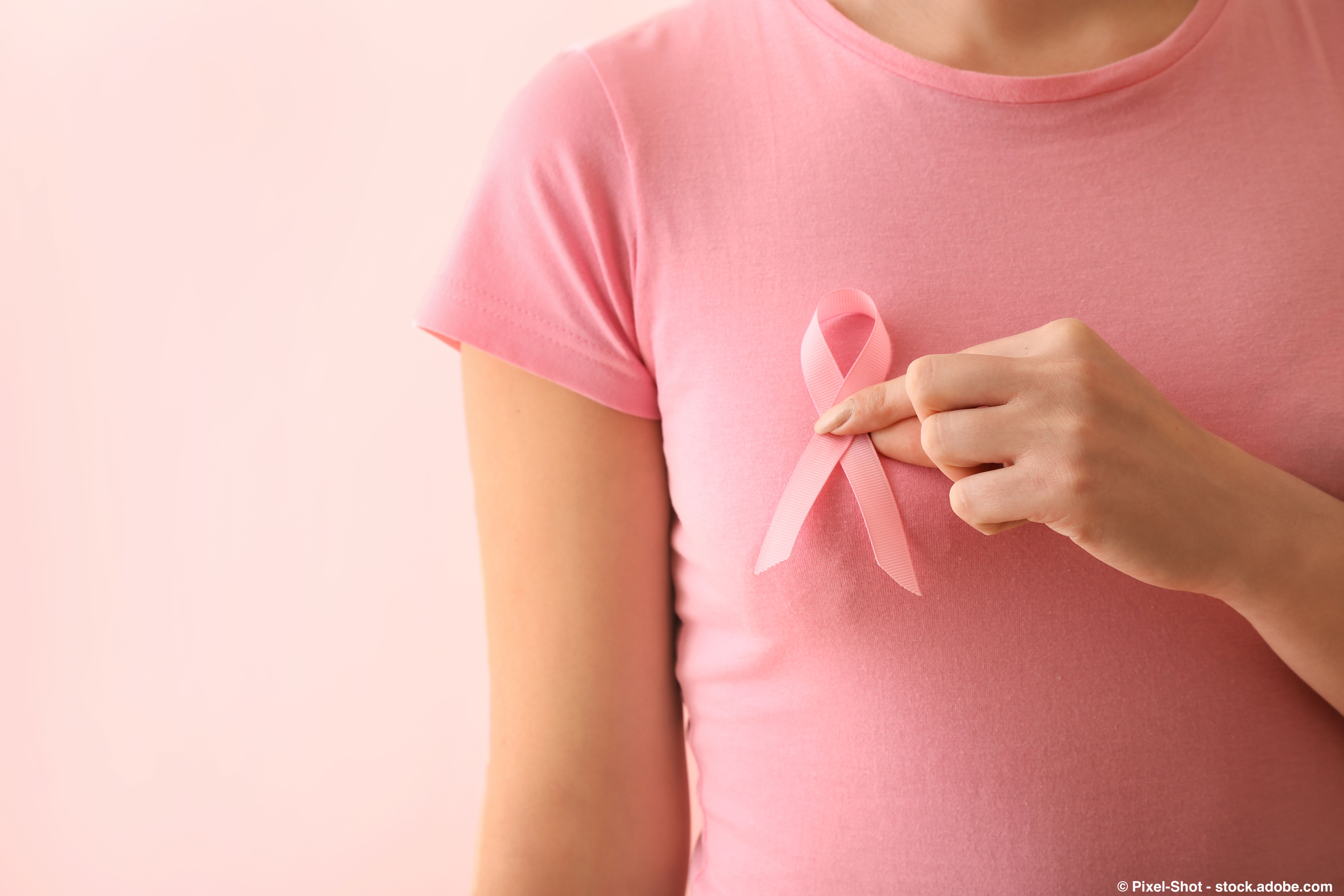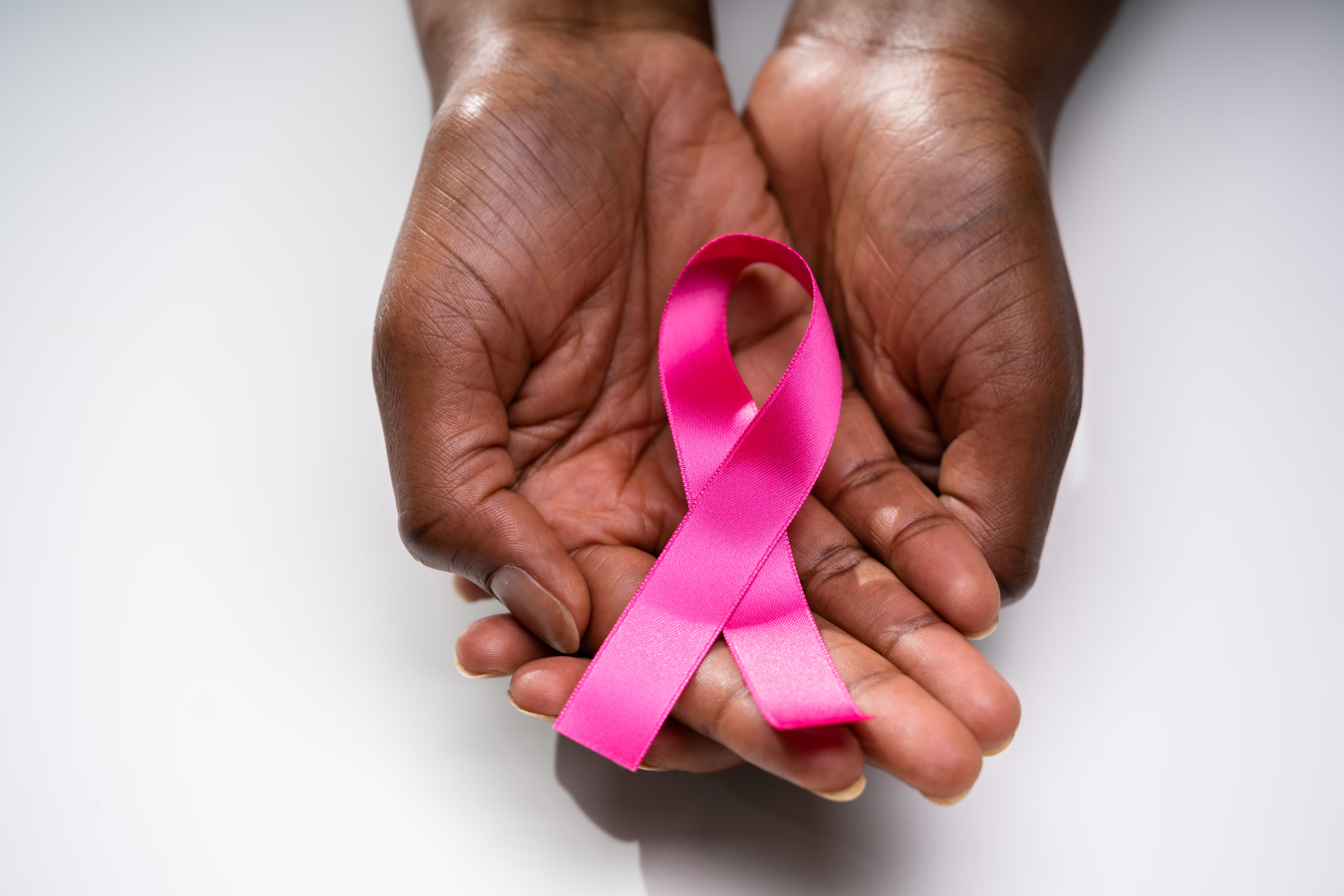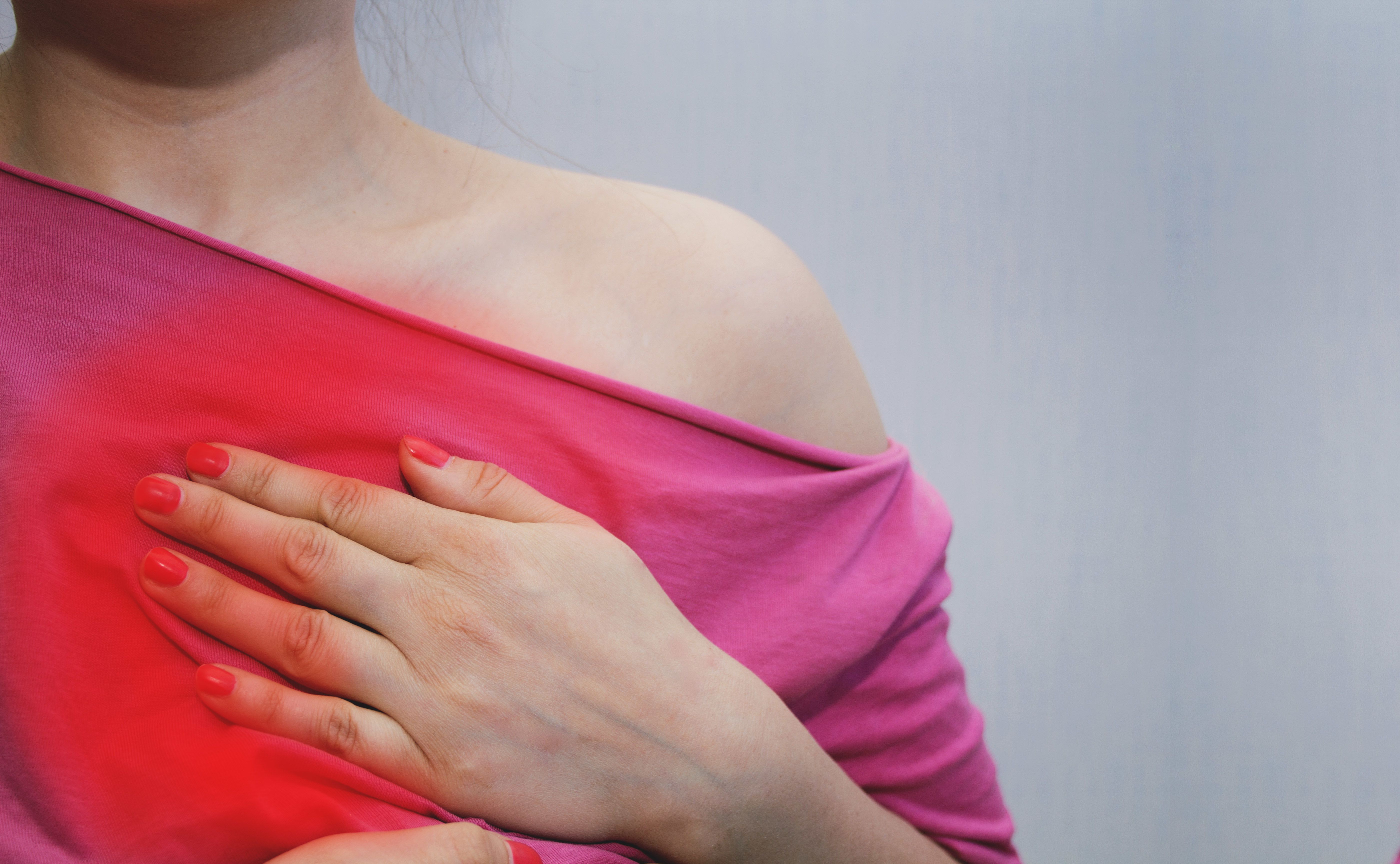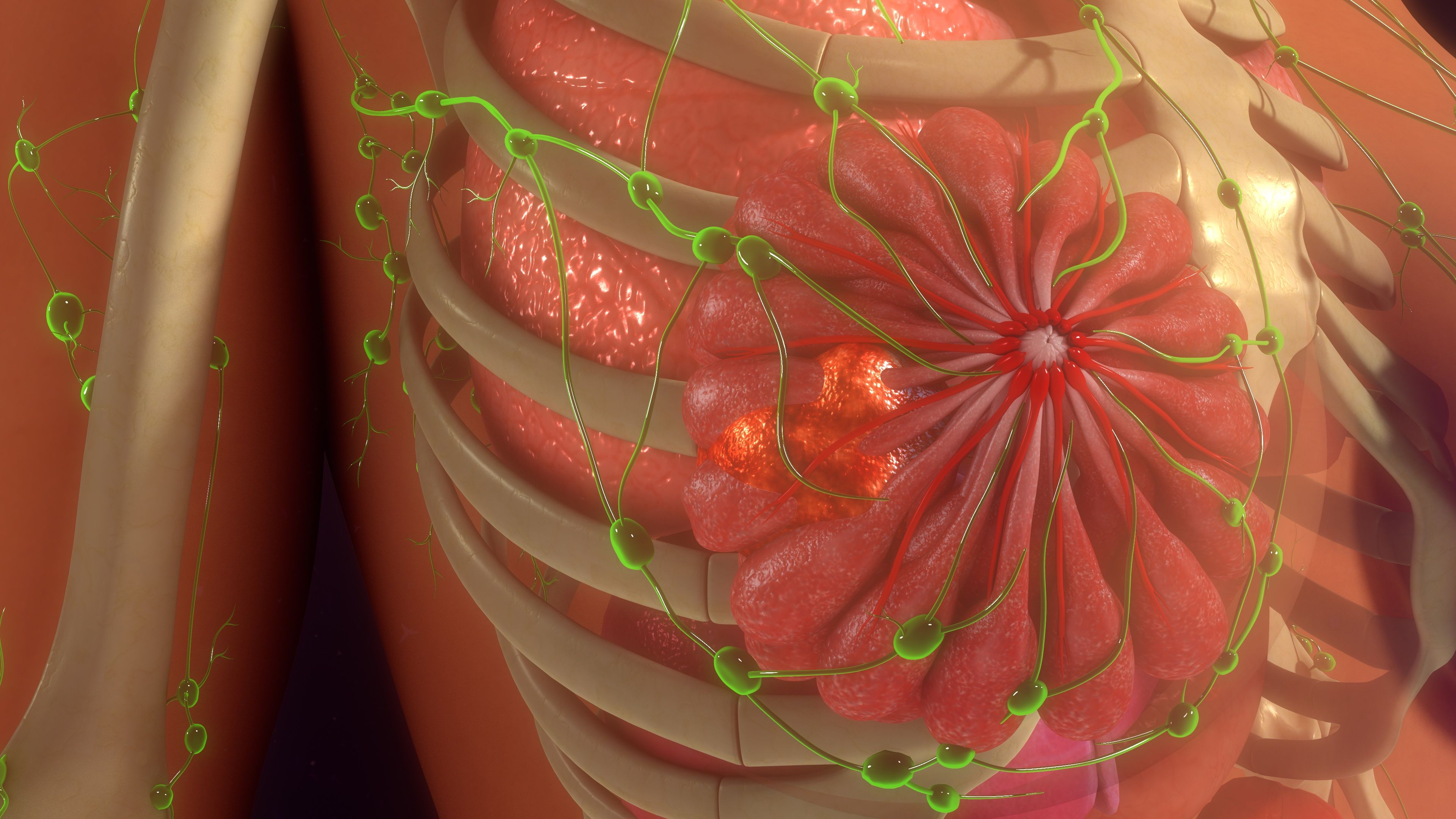Article
Breast Cancer Detection
Author(s):
Breast cancer detection can be a difficult thing based on the many changes that occur in a woman’s life but early detection is still the best cure. Great article from Kathryn Vinson.
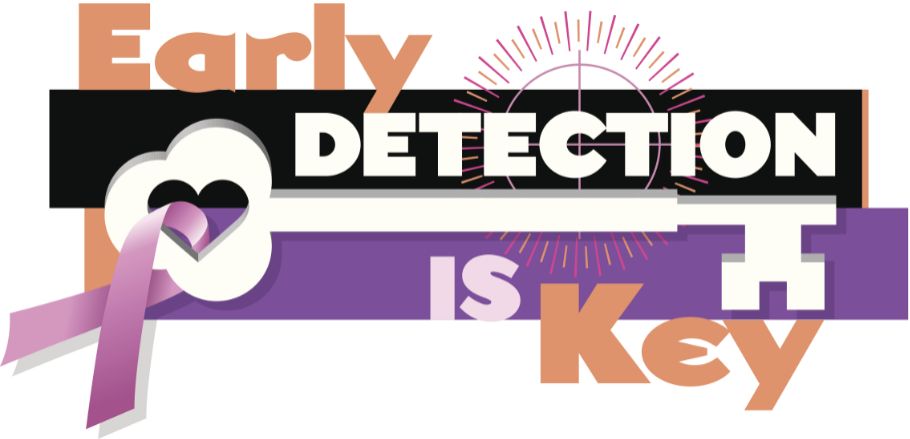
Last week, in Stage Four Cervical Cancer, we talked a bit about how sneaky lady cancers can be. I briefly mentioned the nursing mother that mistakes a lump for a swollen milk duct – this happened to a long-time friend of mine. With the changes that occur in a woman’s breast not only throughout her life, but even within the span of a menstrual cycle, noticing changes and detecting breast cancer at its earliest stages can be difficult to say the least.
How are most breast cancers detected?
An amazing article was written in 2011 by Dr. Mara Roth and her colleagues entitled “Self-Detection Remains a Key Method of Breast Cancer Detection for U.S. Women.” The research in this article was largely based on data obtained by the 2003 National Health Interview Survey. This survey collected tons of health information from almost 31,000 individuals in the US over the age of 18, concerning their health from 1980 to the time of the survey.
This article provided some fascinating information for us, but we have to take it with the proverbial grain of salt, as some of these data points date back over thirty years. A lot has changed since then with income levels, disparities in access, and insurance coverage.
Based on the research compiled by Dr. Roth’s team, we can see that 43% of breast cancers were detected by mammography – without a doubt the largest percentage of detections in the group; however, when we look at these numbers just a bit differently, another perspective is evident. When you see that self-breast exams and “accidental findings” add up to 43%, we can see that self-reported findings are just as important.
The above image is retrieved from The Journal of Women’s Health
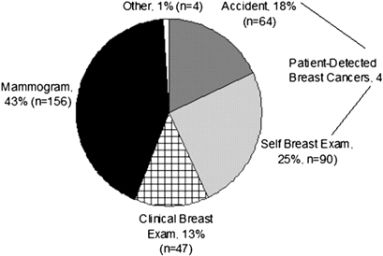
It should be noted that accidental findings are described in the literature as “found by myself by accident” (ie – not when doing a monthly self-exam), or “found by a partner or spouse”.
Some information in this study that I found interesting is that detection methods differed by economic and age strata. Young women (ages 20-39) were much more likely to find breast cancers by accident than via any other detection method – as high as 40%! Also, women with a gross household income of greater than $20,000 per year (remember I mentioned take it with a grain of salt – we have to account for inflation as this data goes back to 1980) were twice as likely to be diagnosed via mammogram than those at lower income levels. Based on the data provided in the study, race did not play a factor in breast cancer detection.
Best methods for detecting breast cancer
Most of us ladies have been told to examine our breasts once a month, just from about the time we started developing them. As I mentioned earlier, this can be difficult based on the changes that some of us experience in a given month. Hormones wreak havoc on the structure of our breasts, so we must know when is the best time. Some sources say to do your monthly breast exam three to five days after the start of your period. The reason for this is that at this time of your menstrual cycle, the hormones that cause breast changes are at the lowest.
Please take a look at the information provided by the Mayo Clinic for a guide on breast self-exams. They give a good “how to” illustration.
Let us not discount the invaluable information that our doctors provide. The first time a lump was found in one of my breasts, it was by my gynecologist. An ultrasound and a lumpectomy later – everything was fine; however, despite doing monthly self-exams, I never felt the lump. These physicians know what to feel for.
For those of us ladies with dense breasts – know what your rights are with regards to exams. Dense breast tissues appears white in mammograms, as do many cancers; thus, dense breast tissue may mask cancers. As of June 2018, 31 states in the US have enacted legislation with regards to notifying patients of these densities. This diagnosis will typically be made first by a mammogram. Luckily (in the words of the ladies at the breast center I use), density tends to drop off as we get older.
I beg of you dear friends – don’t skip your yearly gynecological exam. Breast cancer, cervical cancer, ovarian cancer – they can all hit at any stage of life. Many physicians have cards that you can hang over your shower head to instruct you on breast exams. There are also many reputable websites that you can refer to for advice on your monthly self breast exams. Check out Susan G. Komen, Mayo Clinic, and the Avon Foundation for some great advice.
As always, much love, abundant blessings, and many prayers to all of the cancer warriors and their families.
Sources:
https://www.ncbi.nlm.nih.gov/pmc/articles/PMC3153870/
https://www.mayoclinic.org/tests-procedures/breast-exam/about/pac-20393237
https://www.sciencedaily.com/releases/2018/07/180728084054.htm
